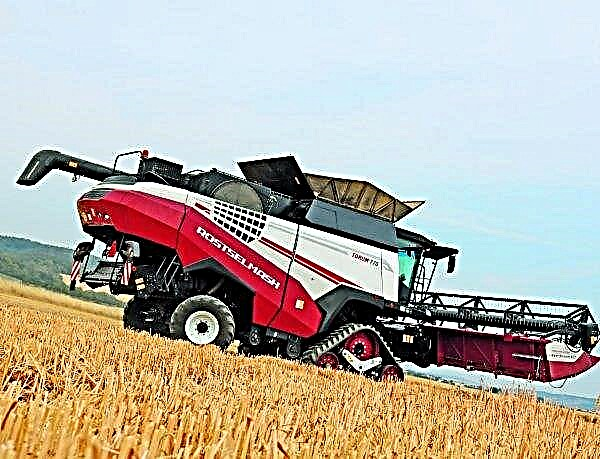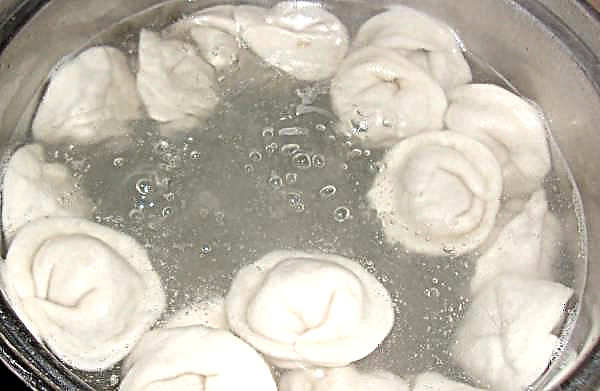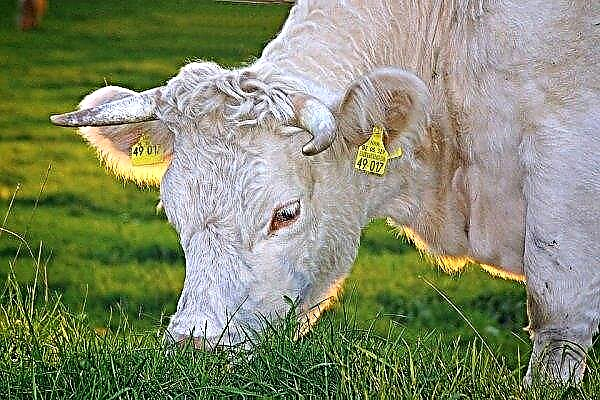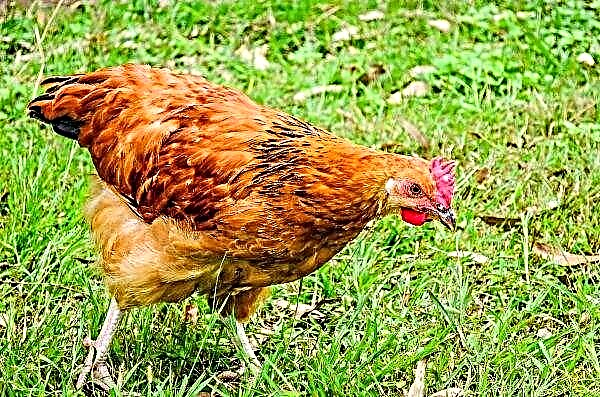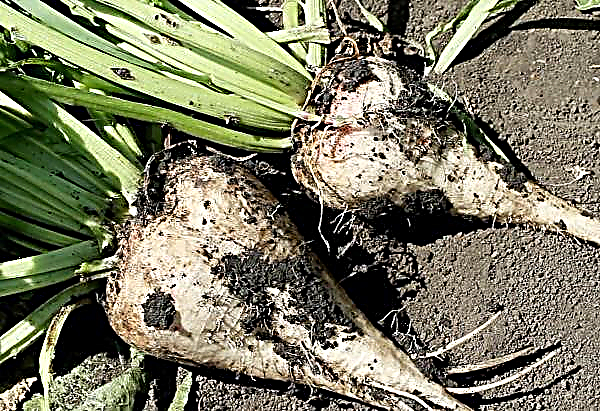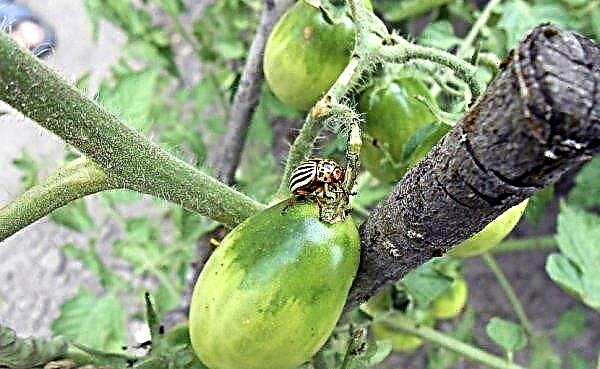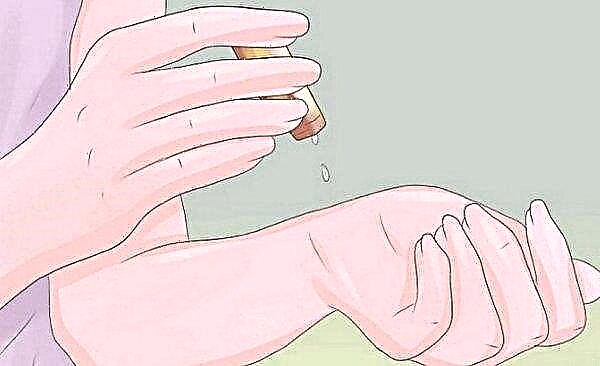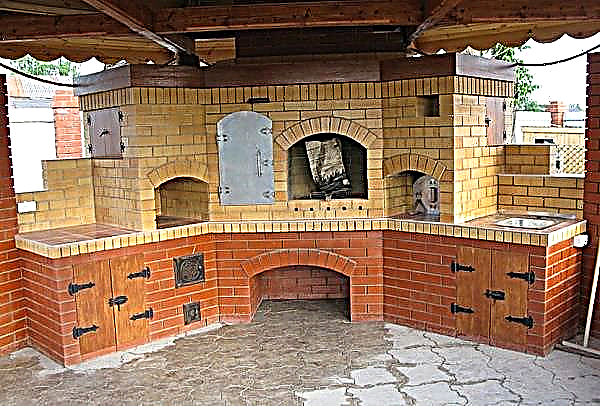Beetroot is sown in the lower case method according to the scheme 8 + 62, 20 + 50, 5 + 65, 12 + 58, as well as in rows with maintaining the distance between rows of 45 cm.
The optimal plant density, depending on the pattern of cultivation and soil fertility, ranges from 300 to 500 thousand plants / ha.
It is very important to consider that for normal growth and development, each plant requires a certain nutritional area. If the beets are sown too densely, it will receive less water and nutrients. Such plants will interfere with each other, grow small and crooked.
The distance between root crops and rows depends on the final size of beets, which is determined by varietal qualities. The larger the root crop, the greater should be the distance between plants both in rows and in row-spacings. You can more densely sow early beets, which are sold on a bunch. And the varieties that are planned to be stored should be sowed taking into account the larger sizes of the root crop.
The best predecessors for beetroot are carrots, legumes, rutabaga, cabbage, potatoes and cucumbers. Carrots serve for beets and a good neighbor. They are often grown together in order to increase productivity and improve the quality of root crops.


